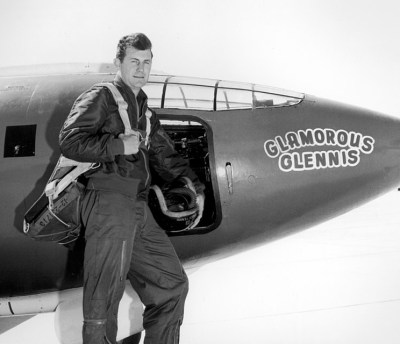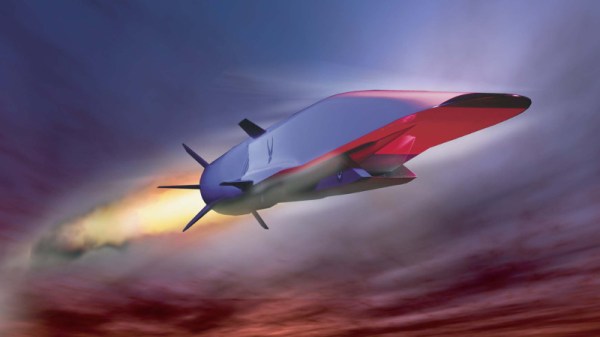When Charles “Chuck” Yeager reached a speed of Mach 1.06 while flying the Bell X-1 Glamorous Glennis in 1947, he became the first man to fly faster than the speed of sound in controlled level flight. Specifying that he reached supersonic speed “in controlled level flight” might seem superfluous, but it’s actually a very important distinction. There had been several unconfirmed claims that aircraft had hit or even exceeded Mach 1 during the Second World War, but it had always been during a steep dive and generally resulted in the loss of the aircraft and its pilot. Yeager’s accomplishment wasn’t just going faster than sound, but doing it in a controlled and sustained flight that ended with a safe landing.

In that way, the current status of hypersonic flight is not entirely unlike that of supersonic flight prior to 1947. We have missiles which travel at or above Mach 5, the start of the hypersonic regime, and spacecraft returning from orbit such as the Space Shuttle can attain speeds as high as Mach 25 while diving through the atmosphere. But neither example meets that same requirement of “controlled level flight” that Yeager achieved 72 years ago. Until a vehicle can accelerate up to Mach 5, sustain that speed for a useful period of time, and then land intact (with or without a human occupant), we can’t say that we’ve truly mastered hypersonic flight.
So why, nearly a century after we broke the sound barrier, are we still without practical hypersonic aircraft? One of the biggest issues historically has been the material the vehicle is made out of. The Lockheed SR-71 “Blackbird” struggled with the intense heat generated by flying at Mach 3, which ultimately required it to be constructed from an expensive and temperamental combination of titanium and polymer composites. A craft which flies at Mach 5 or beyond is subjected to even harsher conditions, and it has taken decades for material science to rise to the challenge.
With modern composites and the benefit of advanced computer simulations, we’re closing in on solving the physical aspects of surviving sustained hypersonic flight. With the recent announcement that Russia has put their Avangard hypersonic glider into production, small scale vehicles traveling at high Mach numbers for extended periods of time are now a reality. Saying it’s a solved problem isn’t quite accurate; the American hypersonic glider program has been plagued with issues related to the vehicle coming apart under the stress of Mach 20 flight, which heats the craft’s surface to temperatures in excess of 1,900 C (~3,500 F). But we’re getting closer, and it’s no longer the insurmountable problem it seemed a few decades ago.
Today, the biggest remaining challenge is propelling a hypersonic vehicle in level flight for a useful period of time. The most promising solution is the scramjet, an engine that relies on the speed of the vehicle itself to compress incoming air for combustion. They’re mechanically very simple, and the physics behind it have been known since about the time Yeager was climbing into the cockpit of the X-1. Unfortunately the road towards constructing, much less testing, a full scale hypersonic scramjet aircraft has been a long and hard one.
Continue reading “Scramjet Engines On The Long Road To Mach 5”












